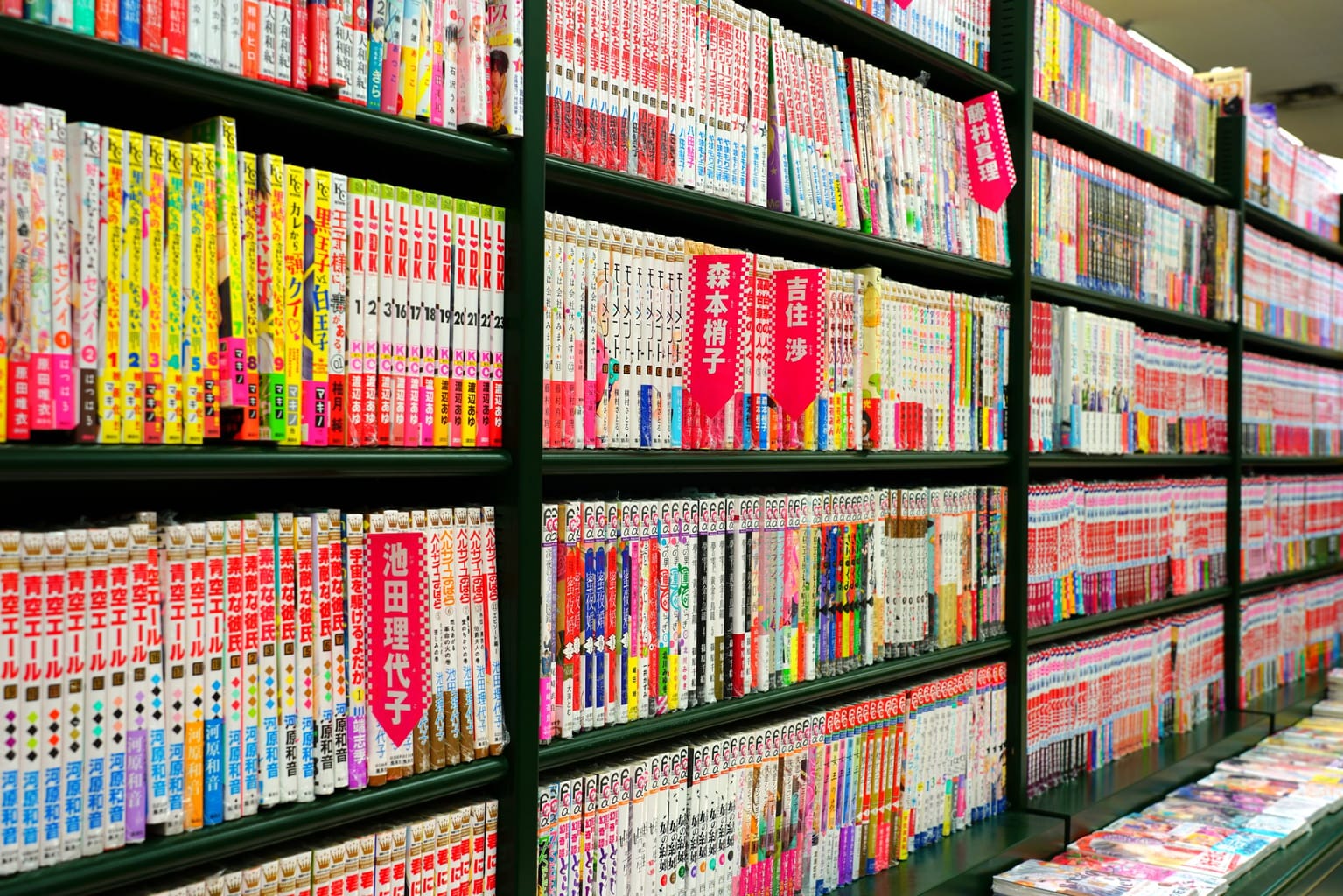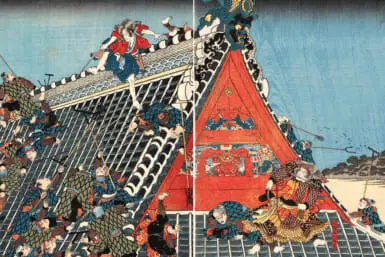Often associated with otaku culture, Japanese manga has slipped into the mainstream in South America across Europe in the last fifteen years, and in the last decade in North America. Though still slightly overshadowed by American illustrators and comic giants, mangaka are starting to get the recognition they deserve abroad.
The Festival d’Angoulême International de la Bande Dessinée celebrates illustrators from around the globe, and their Grand Prix is often considered the comic version of winning a prize at Cannes Film Festival. Every year, one cartoonist is honored for their lifetime achievements, as selected by an international group of visual artists.
In 2019, Rumiko Takahashi, the mind behind Ranma ½ and Inuyasha, took home the title. She is the second woman to win the Grand Prix, and second Japanese person — only preceded in 2015 by Katsuhiro Otomo, who wrote and illustrated Akira. In 2020 Takahashi was awarded a Purple Ribbon by the Japanese government to recognize her vast contribution to the arts.
At the age of 64, Takahashi boasts a career that spans over forty years and across nine massively popular series. Referred to by fans as the manga queen, she is arguably one of the most read Japanese authors — at least when it comes to manga.
Her decision to write shonen manga, a genre mainly catered to male adolescents, was highly criticized at her time. In fact, Takahashi faced so much backlash that she refused to be interviewed and photographed until recently, so her stories and characters could speak for themselves.
The artist experimented with a few genres over the years, from science-fiction romantic comedies to serious tragedies, and each story and character was a little more progressive and interesting than the last.

However, the red thread that ties everything together is her humor, and that’s what makes her work so popular both in Japan and overseas. Some have qualified her gags as “international” as they often rely on imagery and context rather than dialogue and punch lines.
Takahashi is also known for her distinct portrayal of heroines. They are often said to have been ahead of the curve at the time of their publishing. This is despite the fact that Takahashi wrote mainly shonen manga targeted to a male demographic. Her female characters are strong, ambitious, and are more than secondary characters to male heroes. In general, her characters are well-rounded — full of faults with strong personalities, full of humanity.
And if you thought the Grand Prix and a Purple Ribbon might mean the end of her presence in the manga universe, think again. In December of 2018, Takahashi announced she would be publishing a tenth series, Mao, with a new chapter appearing weekly in Weekly Shonen Sunday since March 2019. Her work is continuing to touch a third generation of readers in Japan, and beyond that, around the world.
PLUS: Read our interview with manga artist Nao Yawaza to see exactly what life as a mangaka entails.
Featured image: Statue of Lum Invader from Rumiko Takahashi’s Urusei Yatsura series, located at Oizumi Gakuen Station.
This article was original published in 2019 and updated in October 2021.









